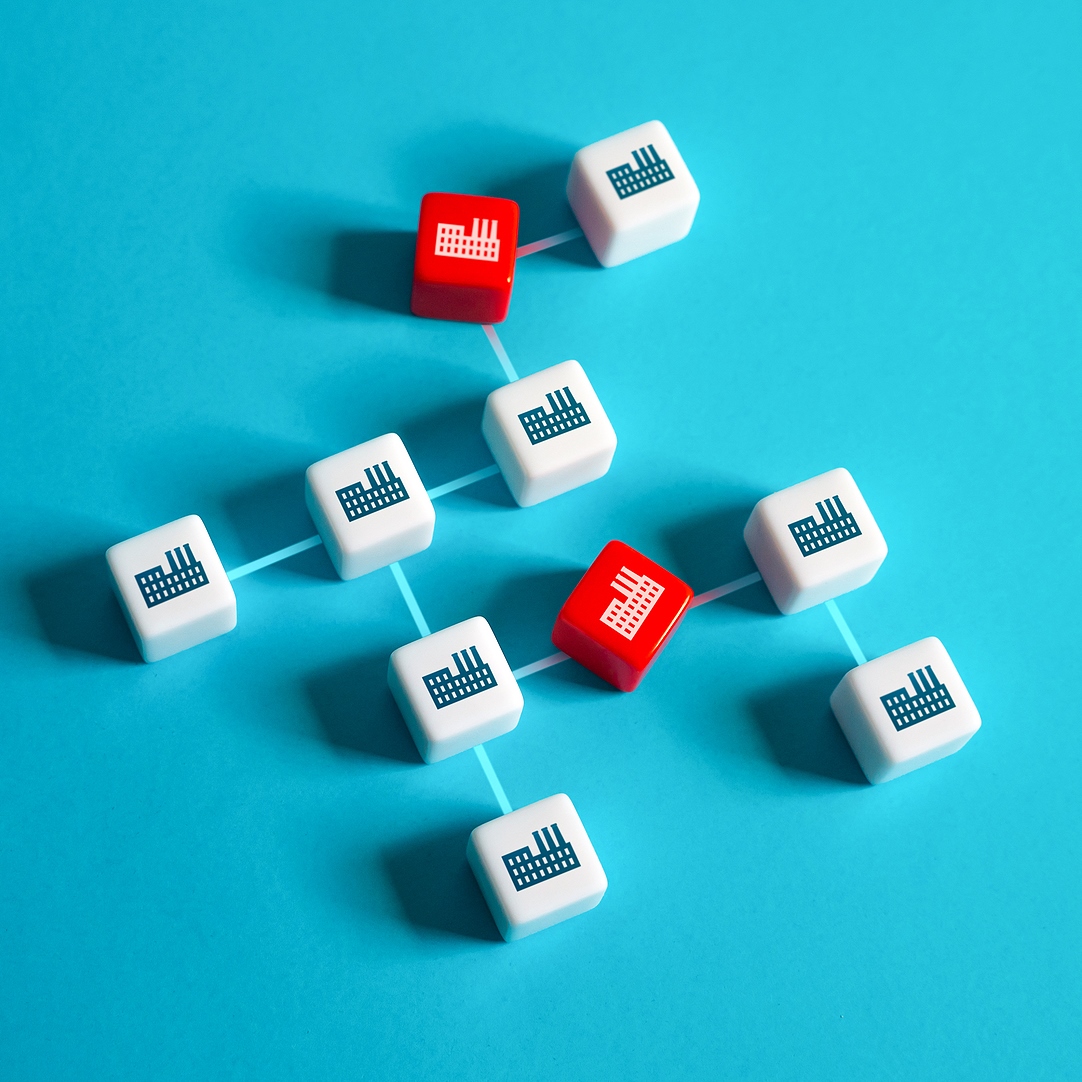Supply chain management involves the relentless pursuit of efficiency and resilience. You may have the most meticulously crafted strategies, however, when a natural disaster strikes, the resilience of your business will be tested to the limits. Whether your business will survive and thrive will depend on how you manage logistics and supply chain disruptions during catastrophic events. Fortify your supply chain with forward-thinking strategies so that you can respond effectively to the challenges brought on by the natural disaster.
Impact of Natural Disasters on Supply Chains
Natural disasters such as earthquakes disrupt the transportation networks and the movement of goods and materials. The damage to infrastructure such as warehouses and distribution centers is another common challenge faced by companies during natural disasters. The supply chain may also suffer from material shortages, production delays, and interruptions in the supply of raw materials or components. Other disruptions could result in low inventory levels and potentially lost sales. The costs may increase due to factors such as having to reroute shipments and source from alternative suppliers.
Natural disasters also impact consumer demand, which affects the supply chain in its own way. For instance, some products may have no demand or low demand due to reduced purchasing power, while demand for emergency supplies goes up. Business interruption and loss of revenue could mean huge financial losses.
Strategies for Managing Logistics and Supply Chain Disruptions
Preparing in advance will help you mitigate risks, minimize downtime, enhance resilience, protect your business against a huge financial toll, and most importantly maintain the trust of your customers. Use these strategies to minimize the impact of a natural disaster on your business:
Prepare Contingency Plans: Identify the natural disaster risks that are more probable for your location and that of your suppliers. The history of natural disasters in the region would be a good starting point. For instance, New York County has a history of 20 disasters in the last 20 years. The natural disaster risks include moderate wildfire potential and earthquake risk. A risk management platform that utilizes predictive analytics and geospatial technology can help you better understand your exposure to natural disaster risks and develop strategies to mitigate the risks. It’s also important to identify the vulnerabilities of your supply chain. Prepare a list of your most critical materials, products, services, and suppliers, and check the track record in the source areas. Develop and test contingency plans for different scenarios based on the risks and vulnerabilities.
Diversify and Increase Operational Flexibility: Being prepared for contingencies requires you to reduce the dependence on single sources or a small select group. Diversification will help you with that. You’ll need to diversify your suppliers, production facilities, transportation routes, and storage locations. Diversification will also give you more control over prices. Take steps to improve your logistics and ensure the agility of your manufacturing and distribution processes. Arrangements such as modular production systems and a cross-trained workforce will increase operational flexibility in the face of fluctuations in demand during natural disasters.
Make Investments for Enhanced Resilience: Make strategic investments in resources and infrastructure to increase the resilience of your supply chain. Build infrastructural facilities that can withstand natural disasters. You could construct facilities in areas that are less vulnerable. Create a buffer against disruptions with adequate inventory levels, without overstocking or increasing carrying costs too much. Invest in supply chain management software and IoT (Internet of Things) devices for real-time visibility and to optimize your operations. Additionally, train your employees for continued operations despite any disaster-related disruptions.
Preparing for the Future
Preparation for natural disasters is not a once-and-done thing. Regularly evaluate vulnerabilities and update your strategies. Build on the lessons learned from past disruptions. Prioritize agility and proactiveness to protect your supply chain against disruptions due to natural disasters.
